SOURCE: RAUNAK KUNDE / NEWS BEAT / IDRW.ORG
India’s request to jointly develop a Hypersonic BrahMos-2K cruise missile with a liquid-fuel scramjet motor coming from the second stage of Russia’s Zircon hypersonic cruise missile might see a Russian nod in the coming days as per people familiar with the matter close to idrw.
The Zircon hypersonic missile can theoretically climb to speeds of Mach 8-9 due to its liquid-fuel scramjet motor. However, the Indian-specific variant of the missile, the BrahMos-2K, will be modified to reach speeds of Mach 6. India will develop a booster stage with solid-fuel engines, along with a winged airframe and an AESA band seeker.
Continue readingSOURCE: RAUNAK KUNDE / NEWS BEAT / IDRW.ORG
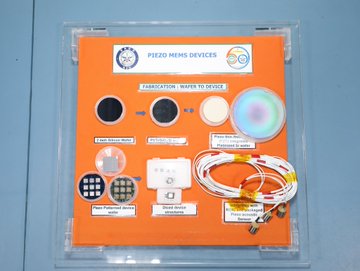
A team of researchers from the Indian Institute of Technology Madras and the Defence Research and Development Organisation (DRDO) have collaborated to develop a Piezoelectric MEMS (Micro Electro Mechanical System) technology sensor for underwater communications, with potential benefits for defence applications, particularly in the naval forces.
According to the Director of DRDO Industry Academia- Ramanujan Centre of Excellence (DIA-RCoE) at IIT Madras, Dr O.R. Nandagopan, this technology has reached a level of maturity that allows for its conversion into a system with the help of Indian industry. He further added that it will be a groundbreaking technology in this field, contributing towards India’s ‘Aatma Nirbhar Bharat’ initiative in underwater materials and micro device processing technology.
Continue readingSOURCE: RAUNAK KUNDE / NEWS BEAT / IDRW.ORG

The Ministry of Defence, Government of India has issued a Request for Information (RFI) for the procurement of approximately 823 High Mobility Vehicle 8×8 General Service.
The vehicles will be used for transporting heavy equipment on metalled roads and tracks, including towing of trailers loaded with tanks and other equipment weighing up to 50 tons. The platform should facilitate modification for other uses, including troop carriage, containerization, and other specialist roles.
Continue readingSOURCE: RAUNAK KUNDE / NEWS BEAT / IDRW.ORG

Sources familiar with the matter have informed idrw that the current generation engines being offered to India cannot be upgraded later to incorporate into a 6th generation program. Short-sightedness in this regard may lead India to a similar import-dependence situation as the lack of funding for the Kaveri program did.
According to an eminent scientist who wished to remain anonymous, 6th generation fighter jets will require Variable Cycle Engines (VCE), and India will be left with engine technology that was designed 30 years ago for a jet that will be released in 10 years and will soon become obsolete.
Continue readingSOURCE: RAUNAK KUNDE / NEWS BEAT / IDRW.ORG
The recent crash of a Mig-21 fighter jet has once again drawn attention to the ageing fleet of the Indian Air Force (IAF), which will continue to be in service until 2025. Moreover, one more squadron is planned to be phased out later this year.
Presently, IAF operates only three Mig-21Bis squadrons that are deployed at forward airbases in the western sector. The delivery of domestically manufactured Tejas Mk1A fighter jets is expected to commence next year, and it is hoped that they will replace the Mig-21 fleet.
Continue readingSOURCE: RAUNAK KUNDE / NEWS BEAT / IDRW.ORG

Tata Advanced Systems Limited (TASL) has begun delivering its ALS 50 loitering munition to the Indian Air Force (IAF). This drone is capable of vertical takeoff and landing (VTOL) and has demonstrated its ability to conduct precise strikes during trials and tests.
The IAF has procured 100 ALS 50 loitering munitions, and delivery is expected to be completed by the end of the year. The drone has a length of 2.4 meters, a wingspan of 3.8 meters, and a maximum takeoff weight of 50 kg.
Continue readingSOURCE: RAUNAK KUNDE / NEWS BEAT / IDRW.ORG
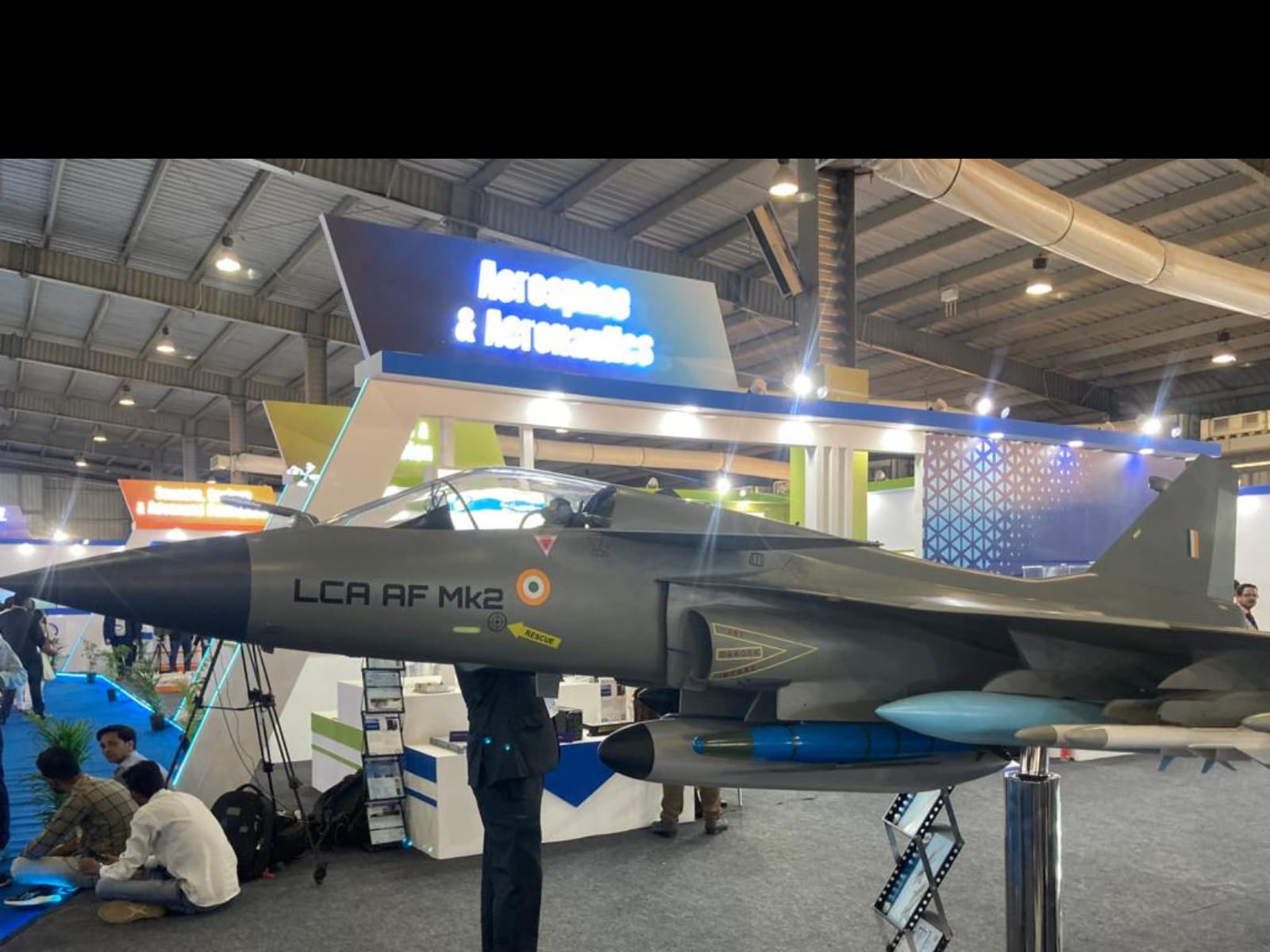
As part of its modernization efforts, the Indian Air Force (IAF) is looking at indigenous fighter jet programs to replace its ageing fleet. The IAF plans to retire 150 aircraft by 2035 and an additional 100 by 2040, highlighting the need for new aircraft to maintain its combat capabilities. With concerns raised about the dwindling strength of the Air Force, the IAF is looking to ramp up its modernization programs to avoid hitting rock bottom in the next 10 years.
The IAF has been grappling with the challenges of an ageing fleet for some time now, with many of its aircraft nearing the end of their operational lifespan. The retirement of these aircraft will create a significant gap in the IAF’s combat capabilities, underscoring the need for new aircraft to fill the void.
Continue readingSOURCE: RAUNAK KUNDE / NEWS BEAT / IDRW.ORG
The Indian Air Force (IAF) has been facing a shortage of Flight Refuelling Aircraft (FRA) in its fleet, which has resulted in the adoption of alternative methods to impart Air to Air Refuelling (AAR) skills to its pilots. Due to the limited availability of FRAs, the IAF has started using the buddy-buddy aerial refuelling method to train its pilots on AAR procedures.
Despite operating six Ilyushin IL-78 air-to-air refuelling tanker aircraft, the Indian Air Force (IAF) has been struggling with low fleet availability rates, which have been hovering around 50%. The IAF has also been unable to acquire the additional six next-generation air-to-air refuelling tanker aircraft that it requires, despite the fleet requirement being at 18 aircraft for the past two decades.
Continue readingSOURCE: RAUNAK KUNDE / NEWS BEAT / IDRW.ORG
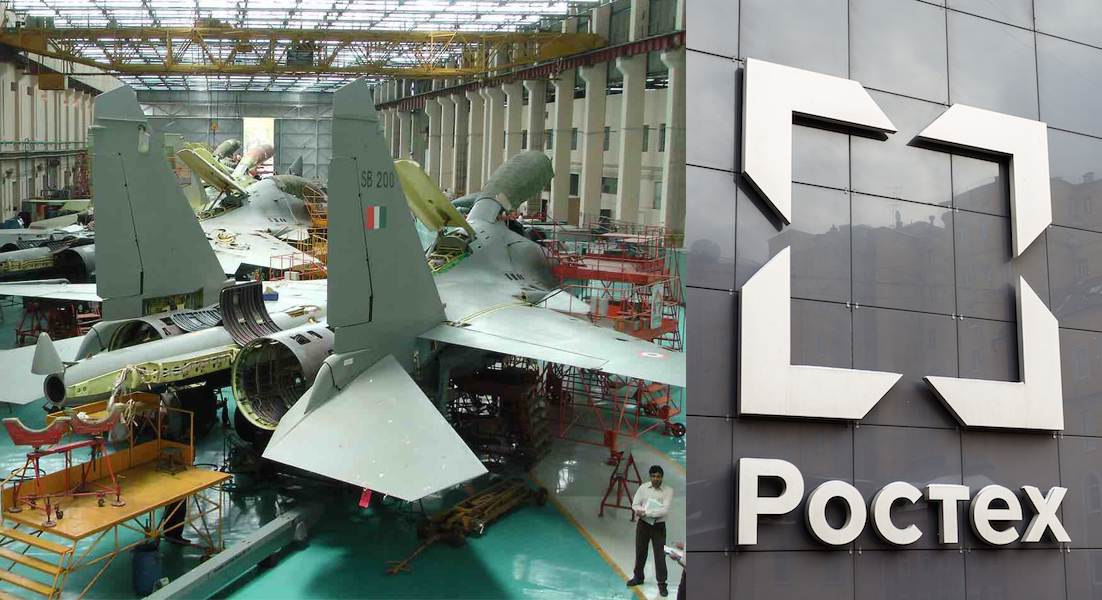
After months of deadlock over the supply of spare parts for Russian-origin weapons systems used by the Indian Armed Forces, a recent meeting between Indian and Russian officials could be the key to breaking the logjam.
The Indian Defence Ministry has urged Russian OEMs like Uralvagonzavod, Tecmash, Bazalt, Tactical Missiles Corp., NPO Mashinostroyenia, United Aircraft Corp., Russian Helicopters, Oboronprom, Almaz-Antey, United Engine Corp., United Shipbuilding Corp., Zvezdochka Ship Repair Center, Admiralty Shipyards, Aerospace Equipment Corp., and Urals Optical and Mechanical Plant to participate in the ‘Make in India’ initiative by opening offices in India, either through local joint partnerships or by appointing local Indian companies to manufacture their spares in the country.
Continue readingSOURCE: DEEPAK HILORI/ FOR MY TAKE / IDRW.ORG
Although the US has often claimed that India is a trading partner equal to its NATO allies, there have been instances where the US denied state-of-the-art defense hardware that India wanted. One such instance was when India was interested in acquiring Israel’s Arrow 2 anti-ballistic missiles, but the US did not give export clearance for it.
Another instance was when the US offered India its Patriot PAC-3 and THAAD Air Defense system to thwart India’s purchase of the Russian S-400 air defense system. However, the US has not provided India with the General Atomics MQ-20 Avenger (Predator C) that the Indian Air Force wanted to bolster its offensive capabilities, despite offering the General Atomics MQ-1 Predator armed drone to India in the past.
Continue readingSOURCE: RAUNAK KUNDE / NEWS BEAT / IDRW.ORG
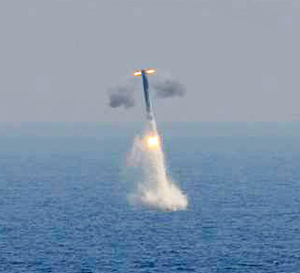
BrahMos Aerospace and the Indian Navy are currently negotiating the development of a submarine-launched cruise missile based on the BrahMos. The missile is expected to have a range of 800-1000km and will be launched from the Vertical Launch Systems (VLS) of a submarine that is under consideration for the six submarines that are to be acquired as part of Project-75I.
The BrahMos Supersonic cruise missile had previously demonstrated the capability to be launched from a pontoon-based silo at a depth of 40-50 meters several years ago. However, as the Indian Navy did not possess submarines equipped with a Vertical Launching System (VLS) at that time, the previous variant had a limited range of 300km.
Continue readingSOURCE: RAUNAK KUNDE / NEWS BEAT / IDRW.ORG
India has implemented a two-tiered Ballistic Missile Defence (BMD) system to intercept hostile Ballistic Missiles and is currently developing a new set of Long-Range Discrimination Radar systems that will be capable of tracking incoming missiles while differentiating lethal warheads from decoys or other non-lethal objects.
Although India already possesses Long-Range Ballistic Missile Defence Radars that can track missile launches and their reentry, allowing for the prediction of target areas before an Interceptor missile can be launched at the hostile missile or its warhead, adversaries can potentially overwhelm India’s defences with multiple decoy launches.
Continue readingSOURCE: RAUNAK KUNDE / NEWS BEAT / IDRW.ORG
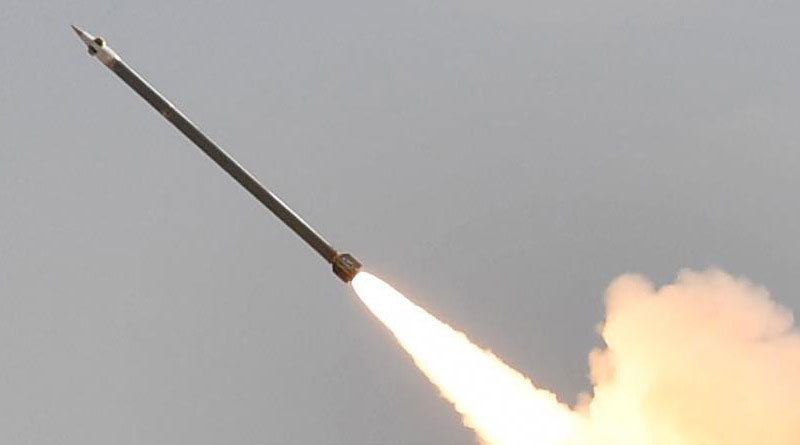
According to sources familiar with the matter, India is reportedly on the brink of securing a second export order for the Guided Pinaka Multi Barrel Rocket Launcher, developed by the Defense Research and Development Organization (DRDO), from an undisclosed country. The negotiations have been ongoing for some time now, and the contract is expected to be finalized in the upcoming months, following which an official announcement is likely to be made.
The DRDO-developed rocket launcher has already been exported to Armenia, and this potential deal marks another milestone in India’s efforts to bolster its defence exports.
Continue readingSOURCE: RAUNAK KUNDE / NEWS BEAT / IDRW.ORG
General Electric, which intends to manufacture the F-414INS6 engine in India either through a partnership with state-owned Hindustan Aeronautics Limited (HAL) or private sector companies, has reportedly been asked by the US administration to disclose the number of committed aircraft that will be powered by the engine. This request comes as GE officials seek clearance from the US administration to locally manufacture the engine, as mandated by Indian laws.
General Electric has agreed to manufacture the F-414INS6 engine in India, including its hot section while retaining the intellectual property rights (IPR) of the engine. However, the company has been informed by the US administration that it should explain measures it plans to take to prevent any potential breach of the engine’s IPR by India. As a result, clearance for the local manufacturing of the engine is currently being withheld but it is expected to be cleared once US administration is satisfied with response.
Continue readingSOURCE: RAUNAK KUNDE / NEWS BEAT / IDRW.ORG
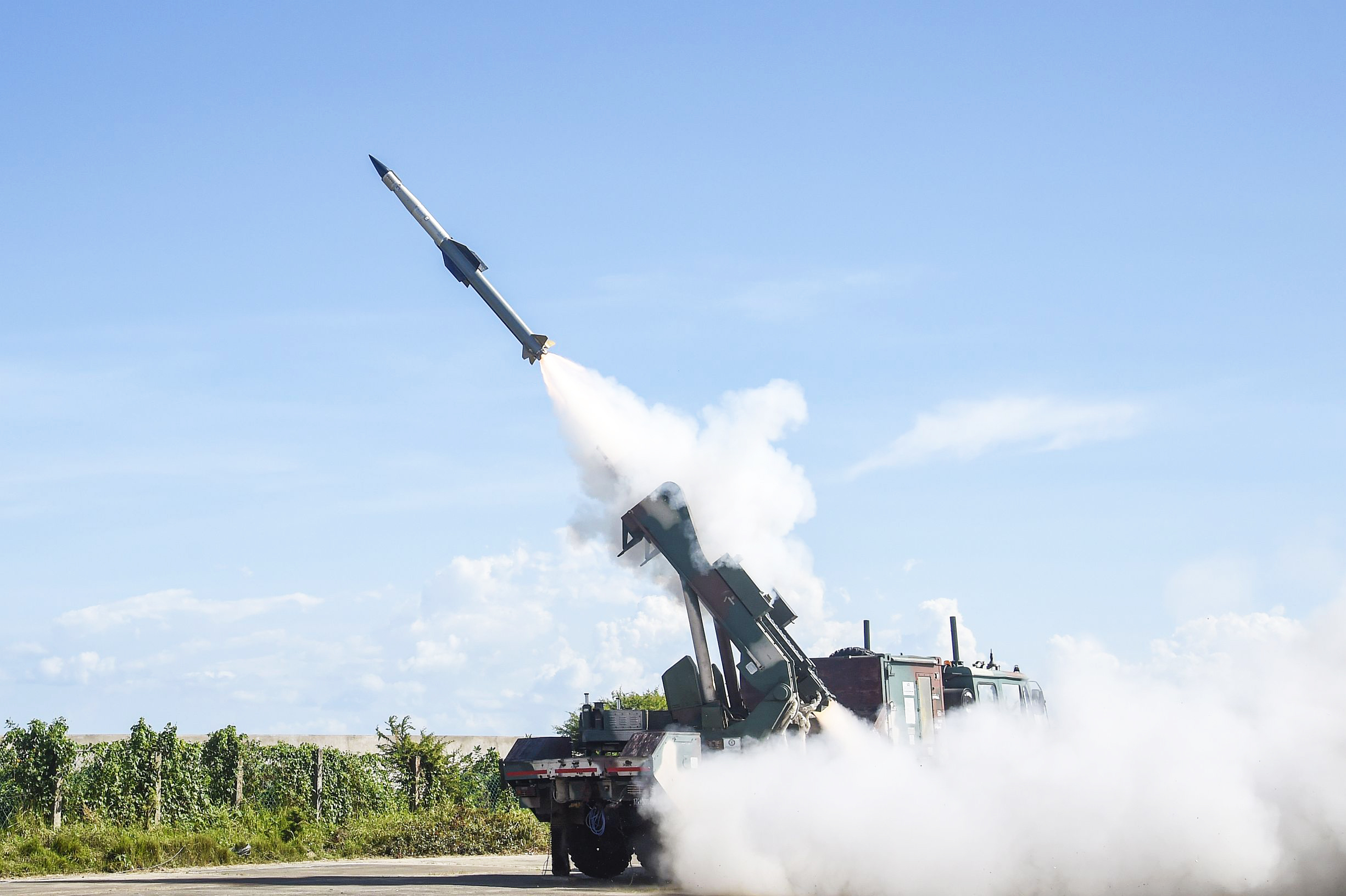
The Indian Defence Research and Development Organisation (DRDO) has resolved glitches in its Quick Reaction Surface to Air Missile (QRSAM) system after Army user trials revealed minor issues with the Active Array Battery Multifunction Radar’s ability to engage hovering helicopters at low altitudes and minimum range.
Bharat Dynamics Limited (BDL) Chairman & Managing Director, Cmde Siddharth Mishra (Retd), has stated that the QRSAM system may undergo further user trials later this year and expects orders from the Indian Army to be placed by the end of 2024.
Continue reading